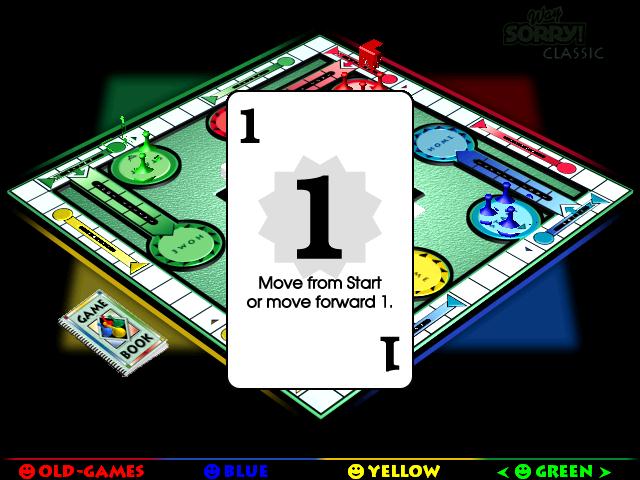Five Card Draw Strategy
Posted : admin On 4/13/2022Five-Card Draw-Poker strategy (5CD $trategy). 5-card draw-poker: complete strategy. Initial Conditions and some rantings. The ULTIMATE beginner's guide to Five-Card Draw poker rules. Learn how to play 5-card draw and use these easy beginner strategy tips to win your next games!
Five card draw is an excellent variant of the game of poker. This game has been around for quite some time. If you are normally a Texas hold-em player then you are already familiar with many of the principles of the game. There are a couple of major differences that will affect the way that you play the game.
- A strategy you can use while playing five card draw and how you can earn a living doing so.
- Five card draw is still very soft variation in which you should be able to show a decent profit by knowing just some basic strategies and objectives. Even these simple tips should give you a decent.

- There are only 2 rounds of betting in contrast to the 4 betting rounds in Texas hold-em and Omaha.
- There are no community cards.
You can have a positive expected value (EV) playing five card draw poker. The five steps to success at five card draw are very similar with all other variants of poker.
Five Card Draw Strategy Examples
- Mathematics – Poker is a game of mathematical probabilities. You need to understand how to calculate these odds quickly. In five card draw you must be able to calculate the value of a starting hand, the odds of improving your hand, and the value of the proposition based upon the amount of money that you need to put in the pot versus how much you expect in return if you win.
- Attention & Memory – Having more information will improve the decisions that you make and make a tremendous impact on your win rate. Pay attention to the game that you are playing in and to the players that you are playing with. Be aware of bet sizes, pot sizes, and stack sizes.
- Patterns & Deception – In five card draw there are patterns in the number of cards that a player draws as well as in the manner of their betting. Drawing 3 cards indicates that the player has a single pair. Drawing 2 cards after raising would seem to indicate that the player has trips but he could have a single pair and be holding a kicker, or high card, to conceal the true value of his hand. It is important to, not only pick up patterns in your opponents, but to vary your own playing style to prevent your opponents from finding patterns in the way that you play.
- Bankroll Management – In order to enjoy playing poker and to become a consistent winner you must have a separate bankroll for poker. Set aside an amount of money that you can afford and designate it as your bankroll. Once you have done this you must make up some simple rules such as setting the maximum amount of your bankroll that you can risk in a single session, usually no more than 5% of your total bankroll. This will protect you from variance. By making the correct decisions at the poker table you can tilt the odds of winning to your favor but this only works over the long term. Sometimes you will run good and, unfortunately, sometimes you will run bad. The 5% rule gives you time for the odds to run true to the quality of your poker decisions. This 5% rule also dictates when you should move up or down in limits. You may choose to add or modify these bankroll management rules over time however this should only be done in between sessions to prevent you from making tilt-induced decisions.
- Discipline – You have to keep working to improve your game, follow your rules, and stay focused or you will go on ‘Tilt’, making bad decisions and losing money. Examples of tilt are drawing to weak hands and breaking your bankroll management rules.